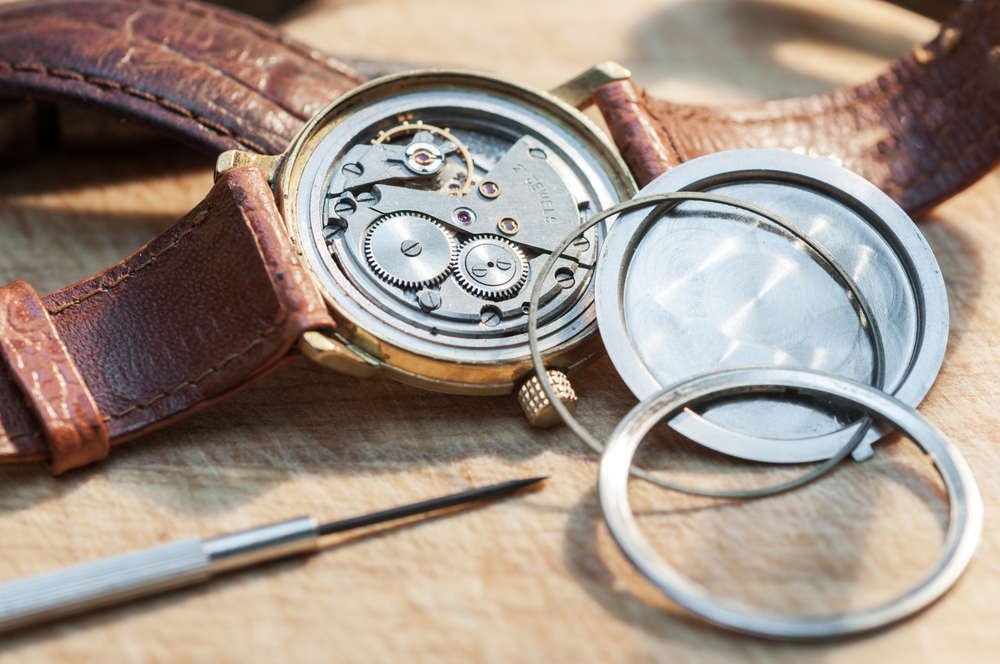
Image Source- Google
Watches have been a staple accessory for both fashion and function for centuries. Along with the intricate mechanisms that make watches tick, another essential component is the watch glass. The watch glass not only protects the delicate inner workings of a timepiece but also serves as a window to the dial, allowing wearers to tell time easily. You may navigate through this https://watchtechnicians.com/watch-crystal-glass-repair to find the ideal solution for your watch.
Throughout history, watch glass has evolved in both materials and design, leading to innovations in repair techniques to ensure watches remain functional and aesthetically pleasing.
Early History of Watch Glass
Watch glass, also known as the crystal, has been an integral part of watches since their inception. Here are some key points about the early history of watch glass:
- Early watches used materials like mineral glass, which was prone to scratches and shattering.
- In the 19th century, the invention of synthetic sapphire and mineral glass revolutionized watchmaking.
- Sapphire crystal, known for its scratch resistance, became popular in luxury watches.
Materials Used in Watch Glass
Over the years, watchmakers have experimented with various materials for watch glass to improve durability and aesthetics. Here are some common materials used in watch glass:
- Mineral Glass: Traditional material used in watchmaking, prone to scratches.
- Sapphire Crystal: Synthetic material known for its scratch resistance and durability.
- Acrylic: Lightweight and shatter-resistant material often used in vintage and affordable watches.
- Hardened Glass: Treated mineral glass that is more resistant to scratches and impacts.
Evolution of Repair Techniques
As watches became more sophisticated, so did the techniques used to repair and replace watch glass. Here are some significant milestones in the evolution of repair techniques:
Traditional Glass Replacement
In the past, replacing watch glass was a delicate and time-consuming process that required specialized tools and skills. Watchmakers had to carefully remove the old glass, clean the bezel, and install the new glass without damaging the watch's inner components.
- Tools such as watchmakers' loupes, tweezers, and case openers were essential for glass replacement.
- Watchmakers often used pressure-fit or glue to secure the new glass onto the watch case.
Modern Repair Techniques
With advancements in technology and materials, modern repair techniques have made replacing watch glass more efficient and precise. Here are some modern repair techniques used by watchmakers today:
- Laser Cutting: High-precision laser technology is used to cut custom-sized watch glass for a perfect fit.
- UV Glue: Specialized UV-activated glue is used to bond the watch glass to the case securely.
- Waterproofing: Some watches require waterproofing after glass replacement to prevent moisture damage.
- Pressure Testing: Watches are often pressure tested after glass replacement to ensure they remain water-resistant.
Future Trends in Watch Glass
As technology continues to advance, watchmakers are exploring new materials and techniques for watch glass. Here are some future trends to look out for:
Nanotechnology
Nanotechnology is being used to create ultra-thin, lightweight, and ultra-durable watch glass that is virtually scratch-proof.
Smart Glass
Smart glass technology could revolutionize watchmaking by integrating digital displays and interactive features into the watch glass itself.
Self-Healing Materials
Researchers are developing self-healing materials that could repair minor scratches and dings on watch glass, extending its lifespan.
Eco-Friendly Materials
Watchmakers are exploring eco-friendly materials like recycled glass and bio-based plastics for sustainable watch glass production.